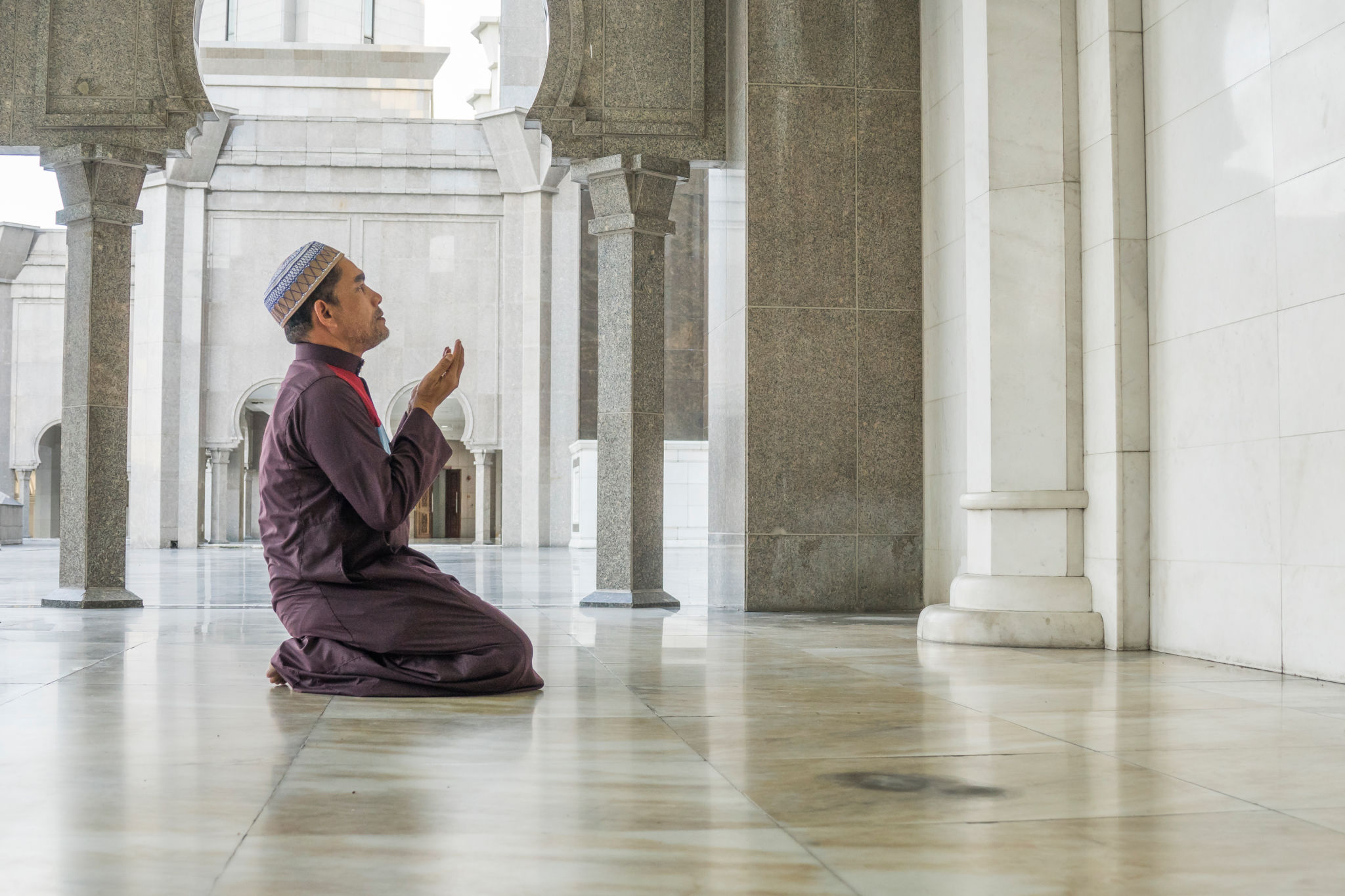Differences Between Mosques and Musallas: What You Need to Know
Understanding Mosques and Musallas
In the Muslim community, places of worship hold significant importance. While mosques are well-known globally, many may not be familiar with musallas. Both serve as places for prayer, but they have distinct differences that cater to various needs of the community. Understanding these differences can enhance our appreciation of Islamic culture and practices.
Often, the terms "mosque" and "musalla" are used interchangeably, but they have unique characteristics. A mosque is a formal place of worship where Muslims perform the five daily prayers, among other religious activities. In contrast, a musalla is a less formal prayer area, often used for occasional prayers or gatherings.

The Role of Mosques
Mosques are central to the Islamic faith and serve as the primary place for communal prayers. They are typically larger in structure and may include facilities such as ablution areas, minarets, and domes. Mosques are also used for educational purposes, community meetings, and religious festivals.
One of the most significant roles of a mosque is to host the Jumu'ah prayer every Friday. This weekly congregational prayer is obligatory for all Muslim men and is an essential aspect of Islamic worship. Mosques often have an appointed imam or prayer leader who guides the congregation in prayer and delivers sermons.
The Purpose of Musallas
Musallas, on the other hand, are more flexible in their use. They can be set up in various locations such as schools, airports, or workplaces to accommodate Muslims who need a convenient place to pray. Unlike mosques, musallas do not usually host the Jumu'ah prayer or have a designated imam.

Musallas are often temporary and can be established quickly to meet the immediate needs of the community. They provide a space for personal reflection and prayer without the extensive facilities that a mosque offers. This flexibility makes musallas an essential aspect of Muslim life, especially in areas where mosques may not be easily accessible.
Architectural Differences
The architectural design of mosques and musallas also differs significantly. Mosques tend to have elaborate designs with intricate decorations, reflecting their importance and permanence within the community. Common features include large prayer halls, beautiful calligraphy, and expansive courtyards.
Musallas, however, are typically simple in design and may not have permanent structures. They focus on functionality over formality, ensuring that Muslims have a clean and quiet space to fulfill their religious obligations.

The Community Aspect
Mosques often act as community centers where people gather not just for prayer but also for social activities, educational programs, and charity events. They play a crucial role in fostering a sense of community and belonging among Muslims.
Musallas, while primarily focused on individual prayer, can still serve as a gathering place for small groups or families. They offer a sense of unity and provide an opportunity for Muslims to connect with one another in their daily lives.
Conclusion
Understanding the differences between mosques and musallas allows us to appreciate the diverse ways in which Muslims practice their faith. While mosques serve as formal centers for worship and community life, musallas provide flexibility and accessibility for daily prayers. Both play vital roles in supporting the spiritual and social needs of Muslims worldwide.